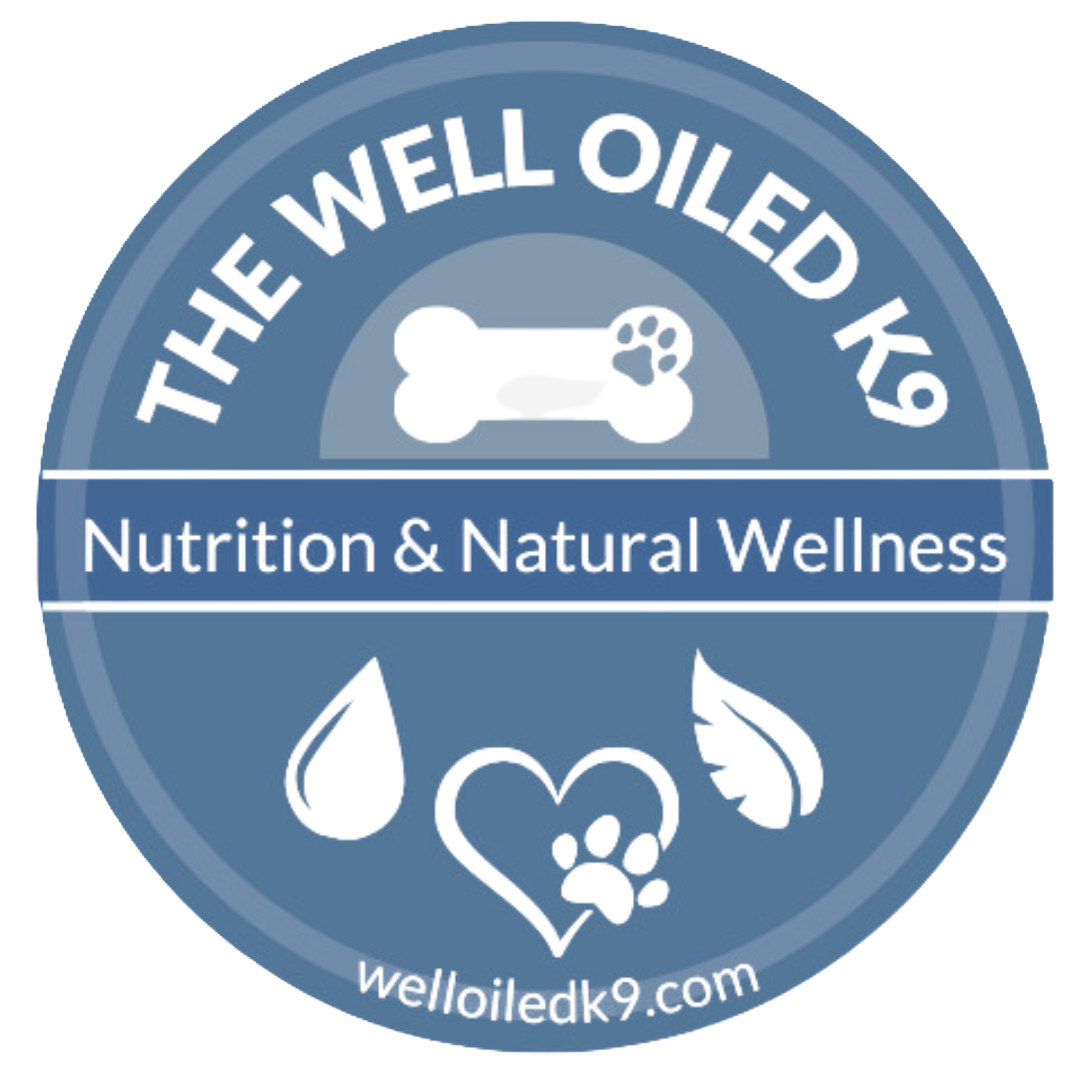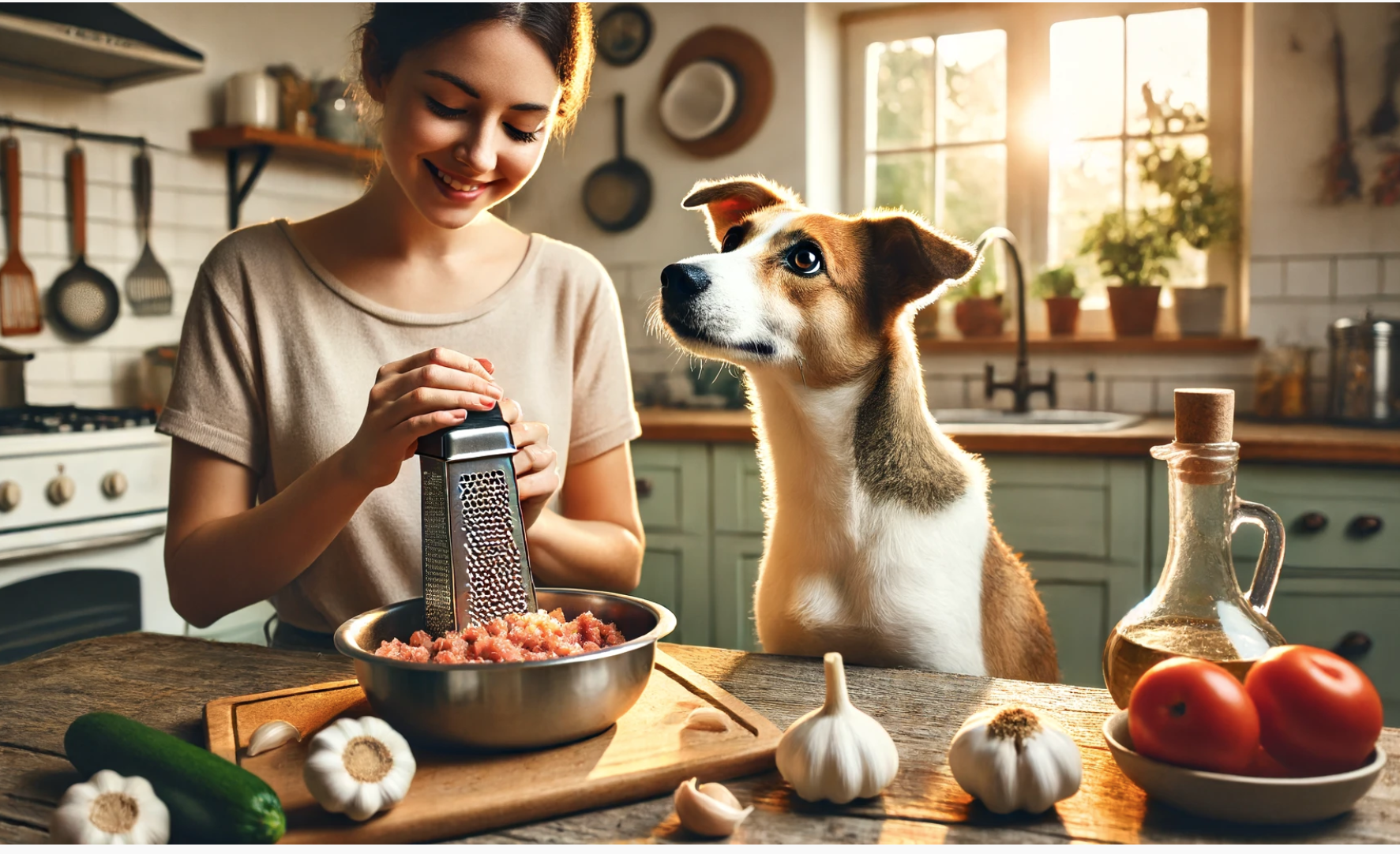Can My Dog Eat Garlic
Yes, your dog can have garlic! And yet it helps deter fleas and ticks, naturally.
Oh mercy. Depends on Who You Ask and When.
The internet is all aflutter with this topic again. I recently had another pet professional argue with me that I was 100% crazy on this topic. Vets will challenge the use of garlic. If I’m wrong — my dogs should have been long dead by now. But you do your own research and make your own decision.
It is not something I use every day. For me, it’s more of a seasonal thing or on a case-by-case basis for its benefits. But I do have it used in a variety of recipes too. Just remember for flea and tick deterrents it needs to be freshly grated in the bowl!
Here’s what I can tell you.
There is a study available that tests the risk of Thiosulfates in dogs. Thiosulfates and N-propyl disulfide found in garlic break down red blood cells causing oxidation and early cell death. Thiosulfates are found in high volume in onions, leeks, chives, and shallots. Thiosulfates are found in tiny amounts in Garlic. In large quantities — thiosulfate from onions causes an effect called Heinz Body Anemia.
This study fed excessive quantities of garlic extract to dogs for 7 days. You’d have to feed a 75-pound dog nearly 2.5 pounds of raw garlic to meet the amount of extract they used in this study. Of course, that’s too much — yet not one dog died during this study. Not one. They did however see oxidative damage in red blood cell analysis that led them to conclude there was a risk of this Heinz Body Anemia in dogs.
Heinz Body Anemia would have symptoms that include:
Diarrhea
Inappetence
lethargy
pale gums
rapid breathing
dark urine
So yes, this can be a terrible condition! But who’s feeding that much garlic to their dog on a daily basis for 7 days. No One!
Like every other element in our lives — too much of anything can be dangerous. So yes, too much garlic can be dangerous.
Using Garlic in the Diet with the proper dosages for very specific purposes and for controlled periods of time can be safe!
Use Only Fresh Garlic — garlic loses its efficacy within 10-15 minutes after chopping. It’s not something you can chop for the week and store in the fridge. You have to chop freshly, as needed.
Avoid use with puppies under 6 months old and pregnant mamas.
Avoid use if on immune suppressants, heart meds, blood thinners, insulin, antacids, high blood pressure or chemotherapy. (Can we talk later about natural options in these areas too? yes, please)
You’ll often find Garlic used as flavoring in dog food. This should be more concerning than using fresh garlic in your home.
So why bother with Garlic Anyway?
Garlic can help deter fleas, ticks, and mosquitos naturally. Gear up in spring by feeding daily for 2 weeks, then 2-3 times a week for the rest of summer.
Freshly chopped, raw garlic contains alliinase — an enzyme that combines with an amino acid alliin to create allicin. Allicin gives garlic its medicinal properties — anti-cancer, antiviral, antibiotic, and antioxidant.
That’s right. Garlic has been shown to help fight cancer.
Garlic is also anti-tumoral, antifungal, antiparasitic (natural de-wormer)
Garlic can help prevent blood clot formation
It may help decrease cholesterol
Widens blood vessels, helps regulate blood pressure
Helps move waste and detox the lymphatic system
So there are many reasons once with want to include the right dosage of Garlic in their diet in the proper dosages for controlled periods of time.
What is the right dose?
Amount per day based on your dog’s weight — freshly chopped garlic only. Be sure to let it sit for 10 minutes before feeding so that it fully releases the antiparasitic component allicin.
If you are using Garlic as a year-round health maintenance then it’s recommended to use only 2-3 times per week or every other day.
under 10 pounds - 1/4 tsp
10 to 15 pounds — 1/2 tsp
20 - 40 pounds - 1 tsp
45 - 70 pounds — 2 tsp
75+ pounds — 2 and 1/2 tsp
Some breeds are more at risk to garlic sensitivities than others. They include Akitas and Shiba Inus.
Garlic is also a good source of prebiotics for for your dog. Probiotics eat prebiotics allow them to work more effectively for your dog’s gut health.
Study: https://pubmed.ncbi.nlm.nih.gov/30497454/

